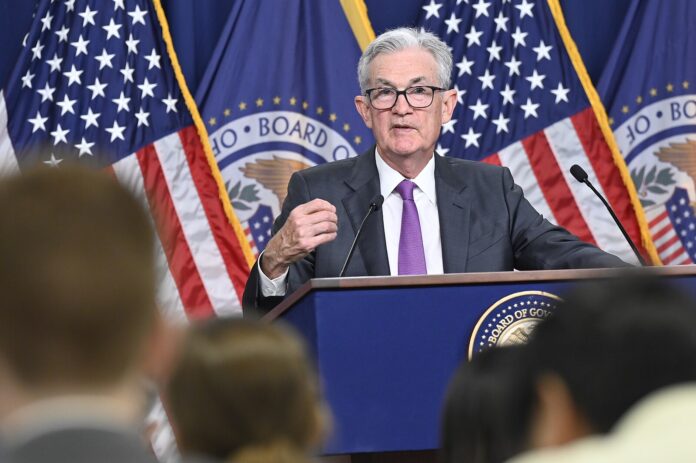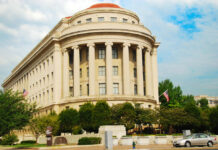Last Wednesday (7/26/23) the Federal Reserve announced a 25 basis points increase in its lending rate. This decision sets the benchmark overnight interest rate in the range of 5.25%-5.50%, making it the highest U.S. central bank policy rate since 2001. The rate hike, the eleventh in its last twelve meetings, reflects the Federal Reserve’s commitment to achieving its goal of maximum employment and inflation at a rate of 2 percent over the longer run.
The decision to raise interest rates was made by the Federal Open Market Committee (FOMC) during its recent meeting. The FOMC cited elevated inflation as the primary factor driving this monetary tightening. The committee closely monitors key economic indicators and is prepared to take further actions if required to address inflationary pressures effectively.
The Federal Reserve operates under a dual mandate, which involves promoting maximum employment and maintaining stable prices (inflation control). To strike a balance between these objectives, the FOMC decided to raise the target range for the federal funds rate. This move aims to regulate borrowing costs, encourage responsible lending, and manage consumer spending to curb inflation.
Federal Reserve Chair Jerome Powell hinted at the possibility of additional rate increases in the future. The central bank will assess incoming data and economic indicators to determine the extent of further policy firming required to meet its inflation target. This suggests that the current tightening cycle may not be over yet.
He also addressed the press following the decision to raise interest rates. He emphasized the importance of well-anchored inflation expectations and acknowledged the economic risks inflation poses. Powell said the current policy is restrictive, and the central bank will be attentive to future developments.
While some inflation data since the previous FOMC meeting in June has been weaker than expected, the Federal Reserve remains cautious in altering its hawkish stance. Key inflation measures still exceed the 2% target set by the central bank. Despite the rapid increase in interest rates, the economy has continued to outperform expectations, boasting a low unemployment rate of 3.6%.
Raised interest rates by 25 basis points reflects its commitment to controlling inflation and maintaining economic stability. The central bank is monitoring economic data closely, and there remains uncertainty about future rate hikes. However, the Federal Reserve is committed to using all available tools to achieve its inflation target and ensure a balanced and sustainable economic growth path.











